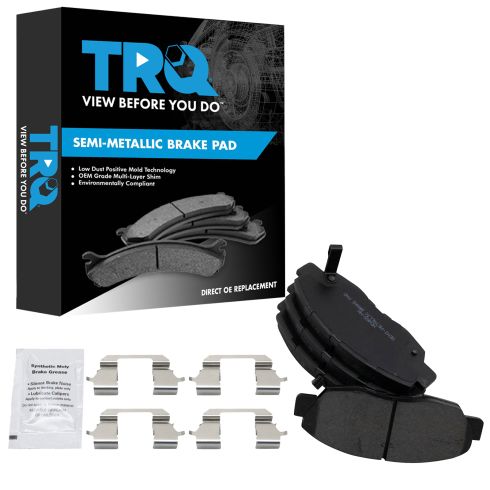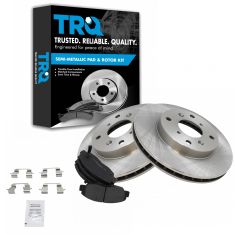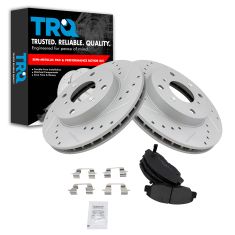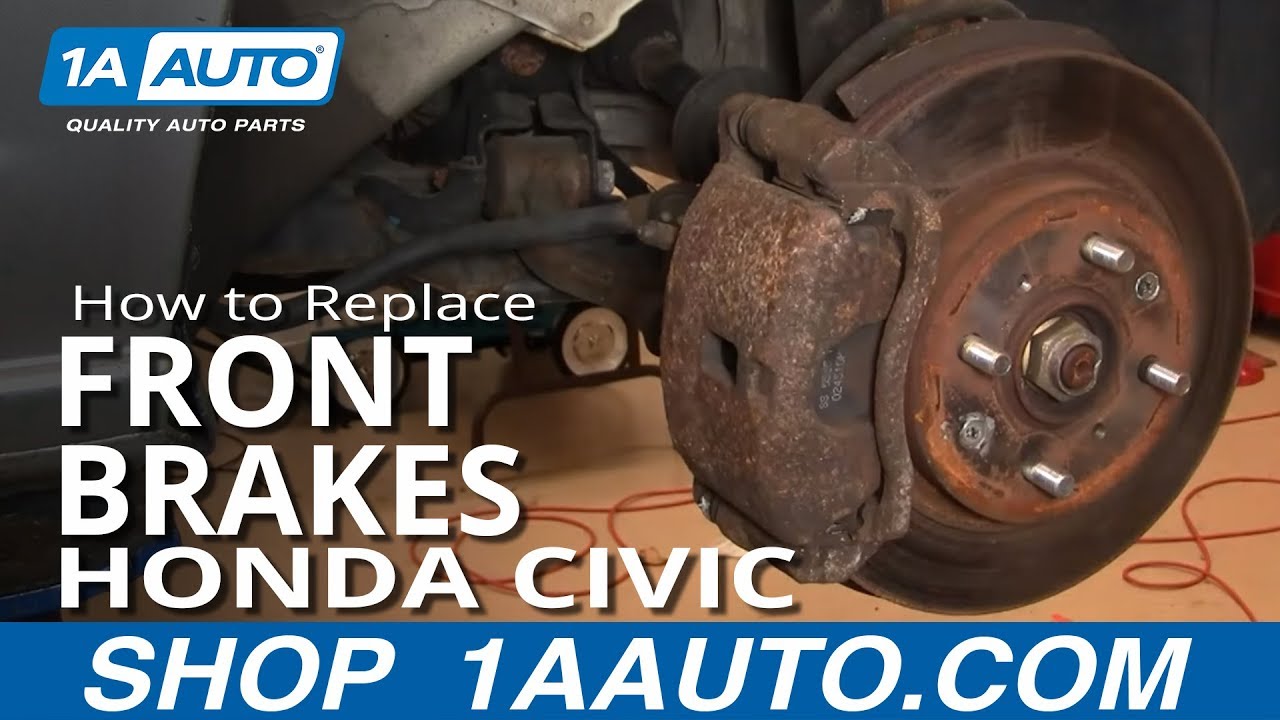1ABPS03050-Honda Accord Civic Insight Acura CL Front Semi-Metallic Brake Pads TRQ BFA73596



Replaces
1998 Honda Accord L4 2.3L Front Semi-Metallic Brake Pads TRQ BFA73596


Product Reviews
Loading reviews
Customer Q&A
No questions have been asked about this item.
Honda is a registered trademark of Honda Motor Co., Ltd. 1A Auto is not affiliated with or sponsored by Honda or Honda Motor Co., Ltd.
See all trademarks.















